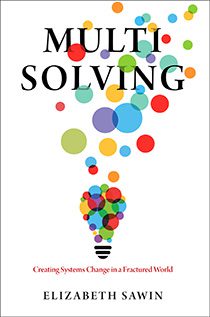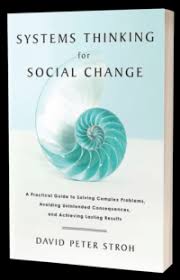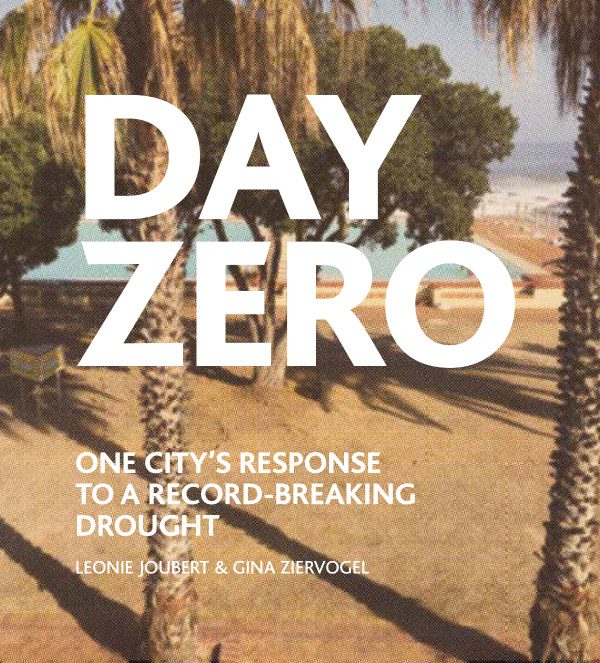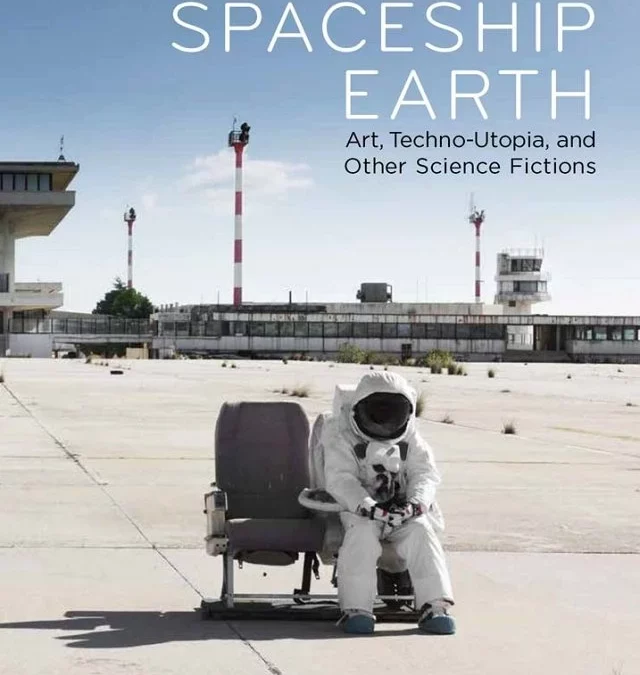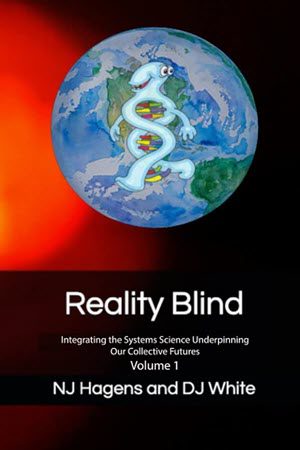Creating Systems Change in a Fractured World
For most of Elizabeth Sawin’s career, she was not a multisolver. Instead, she worked on a single, albeit immensely important problem: climate change. Despite tremendous effort—long hours of teaching, attending conferences, publicizing analysis—at the end of the day, she felt like she was chasing her tail. Unless people began to recognize the multitude of unexpected benefits from ratcheting down emissions, climate change would remain a losing political issue.
That experience, along with the guidance of leaders in systems thinking and racial justice, convinced her that the world’s thorniest problems may be easier to tackle together than one by one. That’s multisolving: using a single investment of time or money to solve many problems at the same time. (Reduced fossil fuel use = improvements in climate, health, equity, economics, and more.) While the idea of killing two birds with one stone (or “filling two needs with one deed”) is age-old, and the notion of co-benefits in policy-making has been around for years, Multisolving addresses the current mismatch between complex, deeply intertwined societal issues and our siloed approach to them.


